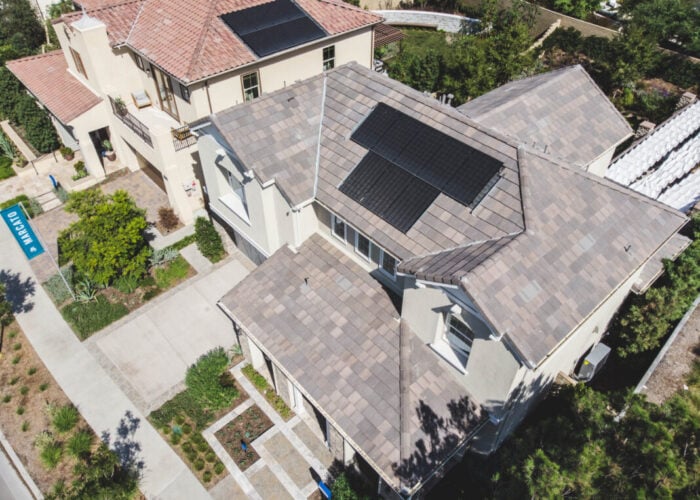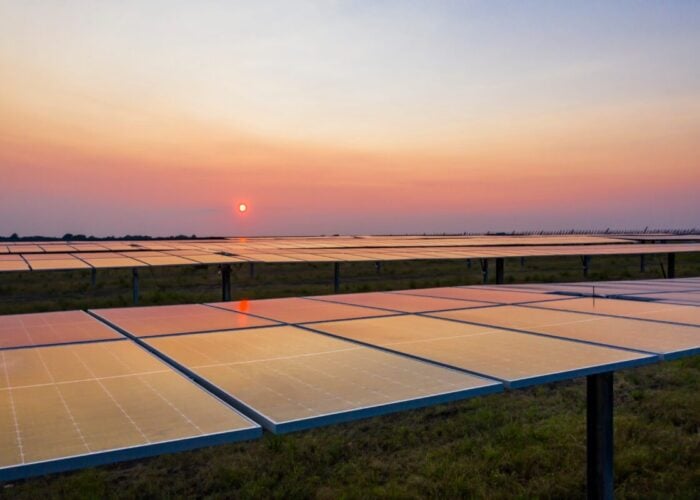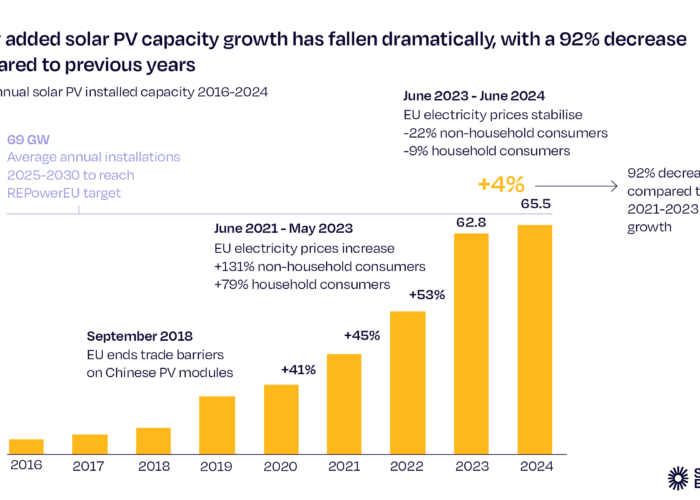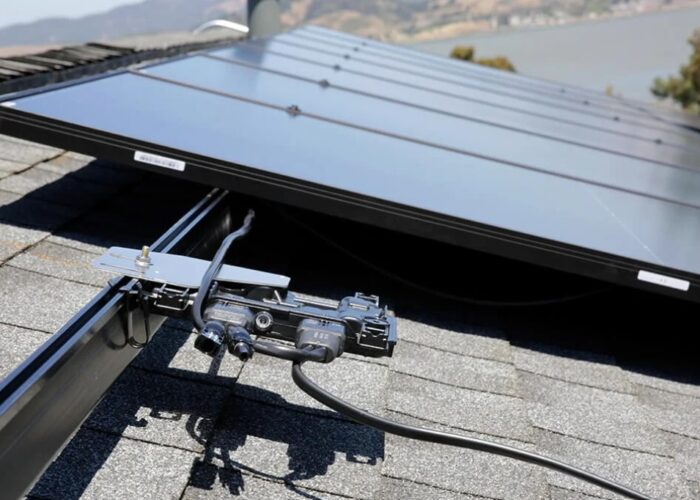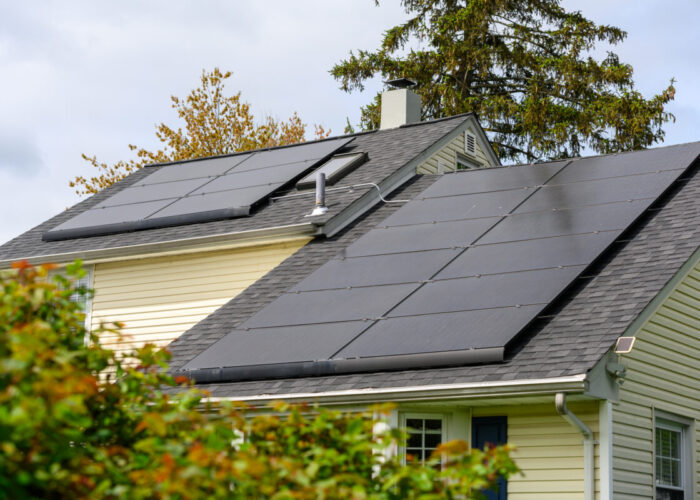
Tesla will only sell residential rooftop solar alongside its Powerball battery as a single, integrated product, Elon Musk has said.
In a series of Tweets posted late yesterday evening, the Tesla CEO confirmed that from next week, customers would only be able to purchase Tesla solar panels and Solar Roof installations as an integrated product alongside a Tesla Powerwall battery.
Unlock unlimited access for 12 whole months of distinctive global analysis
Photovoltaics International is now included.
- Regular insight and analysis of the industry’s biggest developments
- In-depth interviews with the industry’s leading figures
- Unlimited digital access to the PV Tech Power journal catalogue
- Unlimited digital access to the Photovoltaics International journal catalogue
- Access to more than 1,000 technical papers
- Discounts on Solar Media’s portfolio of events, in-person and virtual
Or continue reading this article for free
Musk added that power generated from solar installs would feed exclusively to installed Powerwalls, which in turn would only interface between the utility meter and a home’s main breaker panel, simplifying installations and enabling the system to provide an uninterrupted power supply in the event of a blackout.
Furthermore, Musk said that the Powerwall 2’s peak and steady power capability was “better than advertised”, while a free software update, teased for later this month, would allow Tesla to “unlock higher capabilities”.
At an ambient temperature of 30°C, Musk said the software update could unlock as much as 50% extra power, however no further detail has been provided as to how this is the case.
Starting next week, Tesla Solar Panels & Solar Roof will only be sold as an integrated product *with* Tesla Powerwall battery
— Elon Musk (@elonmusk) April 22, 2021
The decision comes around three months after Tesla set its sights on regaining the US residential solar market lead, having lost major ground to the likes of Sunrun and Sunnova in recent years. Having installed in excess of 200MW of rooftop solar in Q1 2016, Tesla’s quarterly installs – which have since incorporated SolarCity’s, had steadily fallen, dropping to a low of just 27MW in Q2 2020.
But more recent quarters have seen improvements, rebounding to 57MW in Q3 2020 and 86MW in Q4 2020. That recovery was attributed to Tesla’s commitment to offering the cheapest solar on the US market, making systems available at US$1.49 per watt. At the time, the company said it was able to make substantial reductions in its soft costs – predominantly in the sales process – by leveraging the company’s existing EV ordering infrastructure.
In contrast Tesla’s energy storage installations have gone from strength to strength, and in Q4 2020 the company marked its most successful quarter on record, deploying some 1,584MWh of energy storage systems. Utility-scale storage had been highlighted as the key driver behind this growth, however residential storage systems installations have also increased quarter-on-quarter.
Tesla will publish its next quarterly performance disclosure, for Q1 2021, early next week.
The addition of a Powerwall 2 will add significantly to the cost of home solar installs, with Powerwall 2 battery systems retailing at around US$7,000. As PV Tech Premium subscribers will have read last week, however, Tesla has recently hiked the cost of its batteries in the US amidst low availability, prompting other battery manufacturers – particularly Enphase and Generac – to begin to eat into Tesla’s market share.
That lack of availability for Tesla Powerwalls could also hinder the company’s efforts to grow its residential solar base if, indeed, sales are to be strictly limited to include Powerwalls on an integrated basis.
More to follow…

